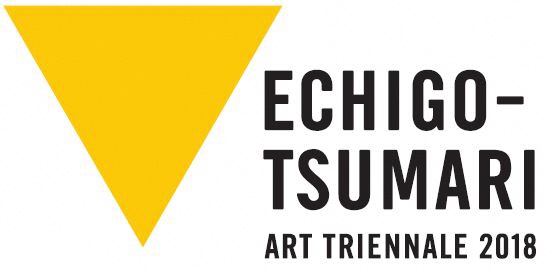Japan’s largest gold and silver mine, in operation from the end of the 16th century to the end of the 20th century.
The Aikawa Gold and Silver Mine was the largest gold and silver producer in Japan from the end of the 16th century to the end of the 20th century. From the Edo period (1603–1868) to the middle of the Meiji period (1868–1912), the mine was managed by the national government. All the gold produced was used as currency to support the country’s finance over a long period of time. Although the mining was mechanized and modernized after the end of the Shogunate regime, many of the old-time mining sites remain intact, showing its long history of gold production technology.
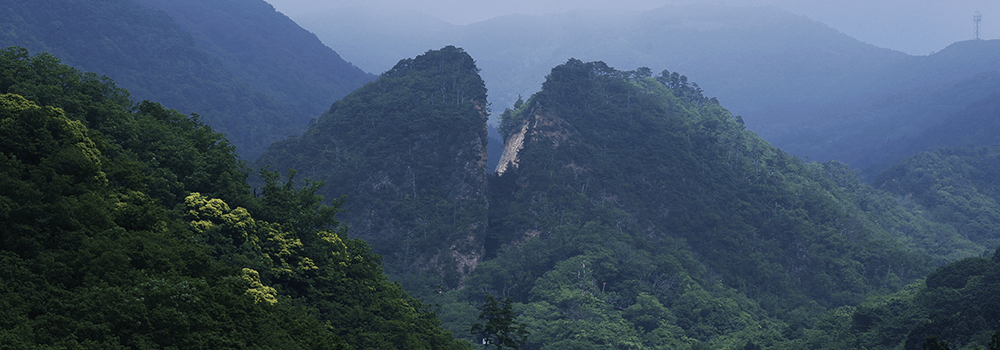
Edo Period (1603-1868)
It is said that the Aikawa Gold and Silver Mine was discovered by proprietors from the adjacent Tsurushi Silver mine, who ventured into the mountains of Aikawa in search of new veins. This was Japan’s largest gold and silver mine producing approximately 40 tons of gold and 1,800 tons of silver during the Edo period. As gold and silver mining in Aikawa developed, many people came from outside the island. The small seaside town of Aikawa saw a significant increase in population to 50,000 at its peak.
In the initial period of the mine development, people gathered and formed a settlement in the Kami-Aikawa District near the mine. When the Sado Magistrate’s Office was established on the edge of the plateau facing to the sea, wards were systematically zoned around there according to occupation, and they were named after various types of goods such as, “Kyo-machi Ward” (kimono sellers’ ward), “Komeya-machi Ward” (rice sellers’ ward) and “Misoya-machi Ward” (miso seller’s ward). As the population grew rapidly, daily necessities including rice, timber, and clothing were brought in from all over the country. Meanwhile, the production of necessities such as agricultural products and a variety of tools flourished on the island. By using tunnel mining technologies and surveying techniques, new rice paddies were developed on coastal terraces and in mountainous regions throughout the island.
A part of the gold exploited at the Aikawa Gold and Silver Mine together with placer gold from Nishimikawa, was processed into koban, or gold coins, in Aikawa. Then, they were transported to Edo along with silver from Ogi Port. The Shogunate government used the gold and silver as the fund for politics and foreign trade. In the latter half of the 17th century, however, good quality veins were depleted and the tunnels were extended deeper underground. This raised a serious problem of the underground water gushing into the tunnels. To deal with this issue, a drainage tunnel was excavated, and drainage equipment and tools were improved. In spite of these efforts, no new veins were discovered after the latter half of the 18th century, and the mines gradually declined.
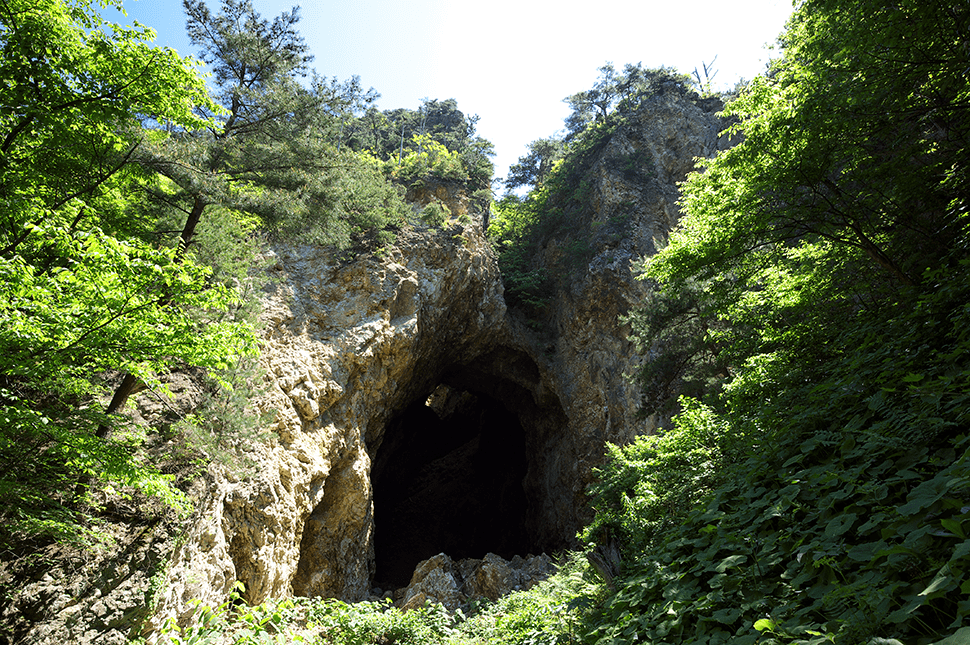
Doyu-no-warito Opencut Site(Photo by Nishiyama Hoichi)
Doyu-no-warito Opencut Site
The upper V-shaped open-cut in the center of the mountain is the symbol of the Aikawa Gold and Silver Mine. It is the result of surface mining implemented by human strength alone in the Edo period, measuring 30 meters wide, 74 meters deep, and 120 meters long. The large hole at the bottom is a mining site after the Meiji Period. This is the remains where dynamite was used. (National Historic Site/Important Cultural Landscape)
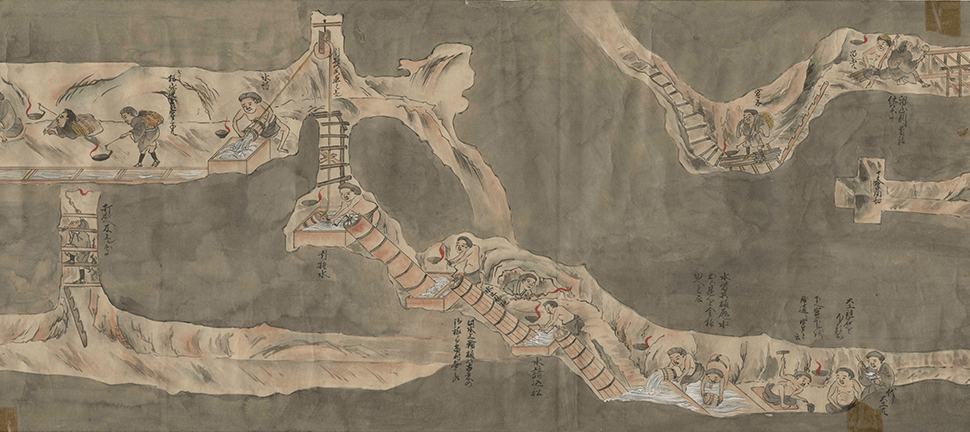
Sado no kuni kanahori no maki (Picture of gold production in Sado),
collection of Aikawa Folk Museum
Sado Gold and Silver Mines in Picture Scrolls
Sado is the only mine in Japan that conducted operations from mining to minting koban coins. More than 100 picture scrolls depicting the operation of the mines still remain in Japan and abroad. These picture scrolls allow us to trace the history of mining technology and management in detail.
Sado magistrates Who Contributed to Development of Gold and Silver Mines
The number of magistrates dispatched by the Shogunate reached 102 during the Edo period. Here we introduce the magistrates who made significant contributions to the development of the Sado Gold and Silver Mines.
Okubo Nagayasu
(Served as magistrate during 1603-1613)
Okubo Nagayasu was appointed as a local magistrate by Tokugawa Ieyasu in 1603. In addition to Sado, he served as the magistrate of Kai, Iwami, and Izu. He incorporated the mining technologies and management methods of the Iwami Silver Mine into those of the Aikawa-Tsurushi Gold and Silver Mine. He also established a magistrate’s office in Aikawa (later the Sado Magistrate’s Office), carried out systematic town planning, developed roads leading to the mines and Ogi Port. The production of gold and silver in Sado became greater than it had ever been until this point, making Aikawa a lively and bustling town.
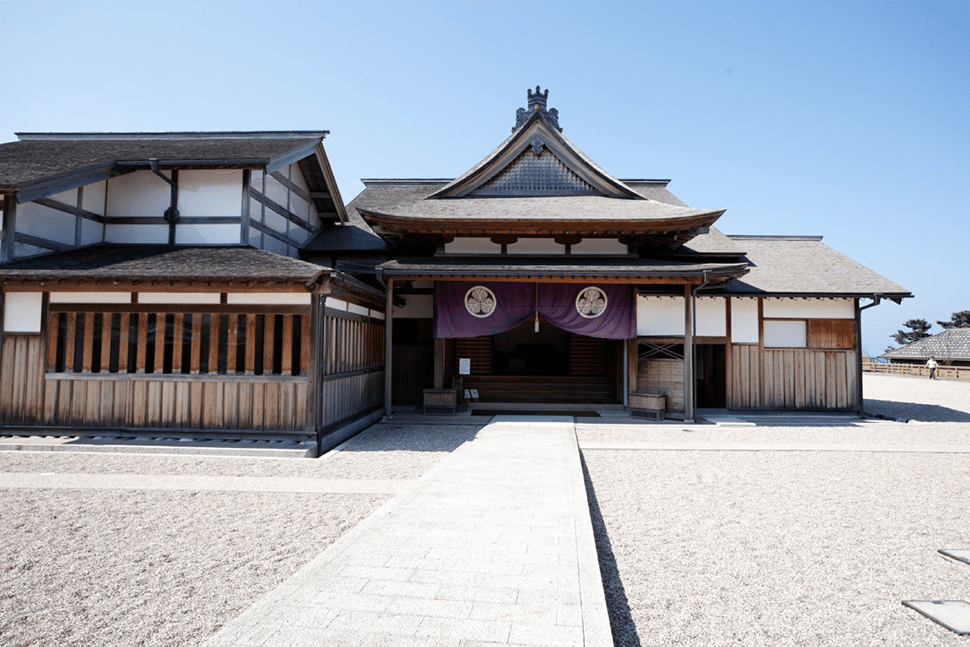
Established by Okubo Nagayasu in 1603, the office served as the center of mining management and administration on Sado. The current structure was reconstructed in 2,000 to restoring the original building from the late 1850s. (National Historic Site/Important Cultural Landscape)
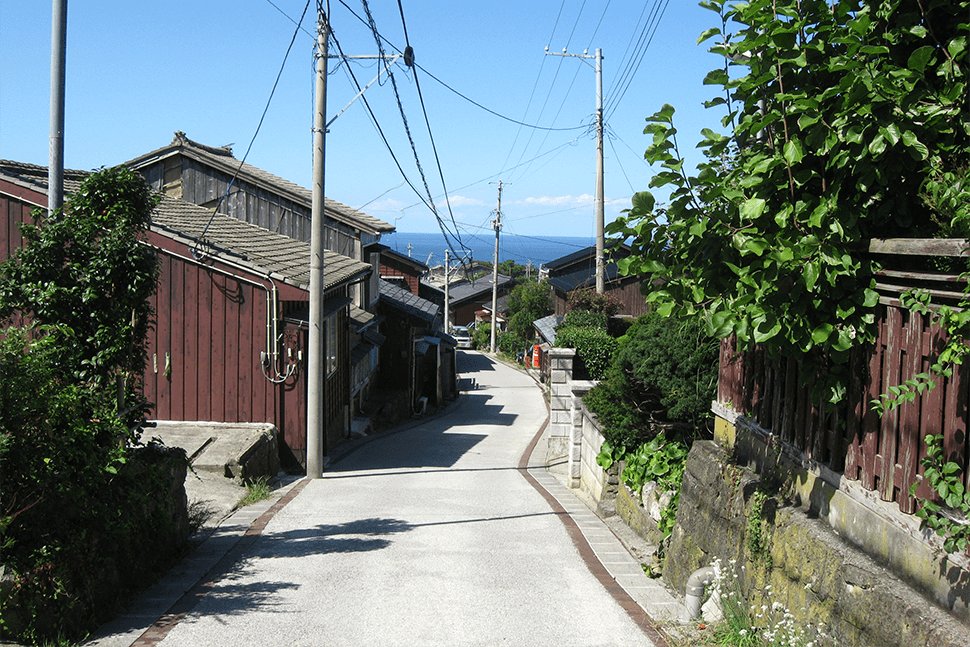
This mining town was built on a plateau by Okubo Nagayasu. Along the street connecting the gold and silver mines and the Magistrate’s Office, people’s houses in the Edo period, company residences for mine workers in modern times, and many other structures in different eras are lined up, showcasing their historical features. (Important Cultural Landscape)
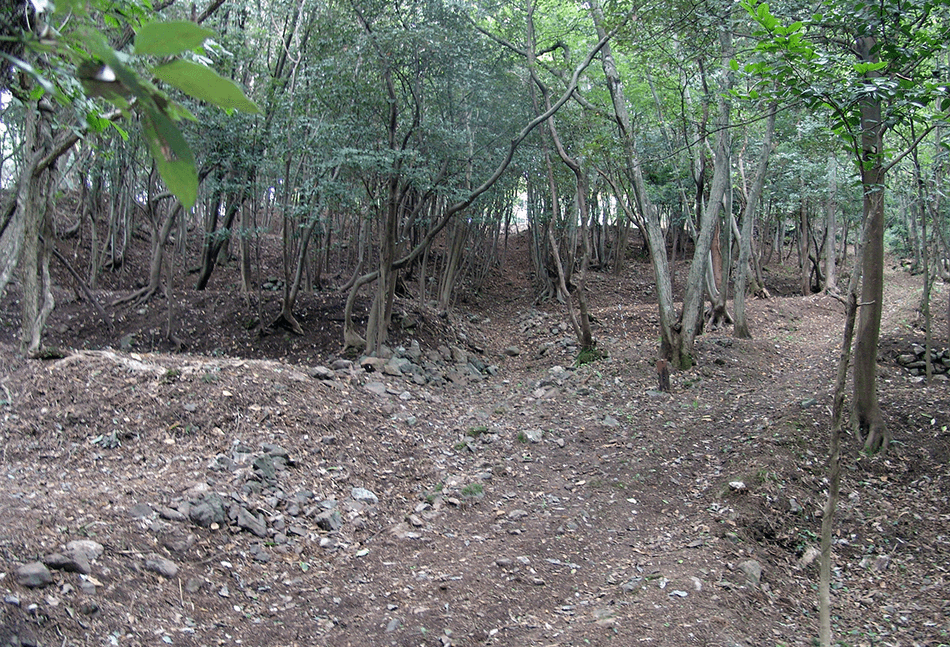
This mining settlement was formed with the development of the Aikawa Gold and Silver Mine in the Azuchi-Momoyama period (1568-1600/late 16th century), which was developed into the mining town of Aikawa in the Edo Period. The settlement prospered so much in the early Edo period that it was called Kami Aikawa sengen (meaning “one thousand houses in the Kami-Aikawa District”), and it is believed that there were 22 to 23 towns in the district. (National Historic Site/Important Cultural Landscape)
Ogiwara Shigehide
(Served as magistrate during 1690-1712)
In the latter half of the 17th century, as mining excavation gradually went deeper underground, underground water in the tunnels started to pose a serious problem. Ogiwara Shigehide, the magistrate at the time, excavated a new tunnel called the Minamizawa Drainage Tunnel to drain the underground water that had accumulated in the tunnels into the sea. With its completion, gold and silver production increased again.
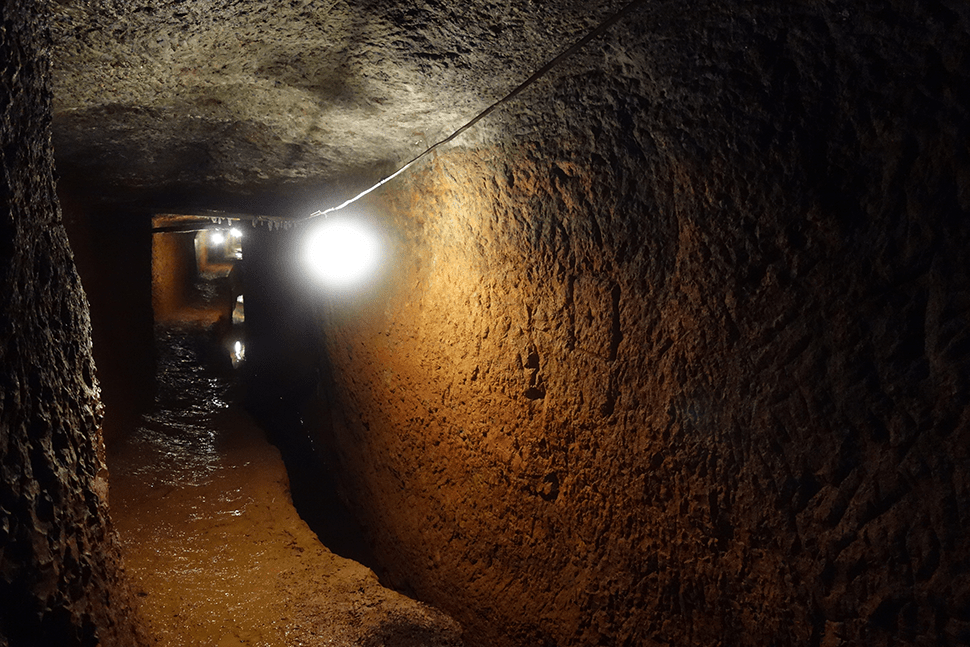
Minamizawa Drainage Tunnel
This is the drainage tunnel. Approximately one kilometer was dug with mining chisels and hammers over five years from 1691. Even today, underground water inside the tunnel continues to be drained into the Sea of Japan.
(National Historic Site/Important Cultural Landscape)
Ishigaya Kiyomasa
(Served as magistrate during 1756-1759)
Ishigaya Kiyomasa submitted his opinion to the Shogunate government concerning tax exemptions, industry support, and re-organization of the Magistrate’s Office, contributing to a great reform. He assembled smelters from various parts of the town to the Magistrate’s Office’s premises and established an ore-dressing plant to enhance work efficiency.







